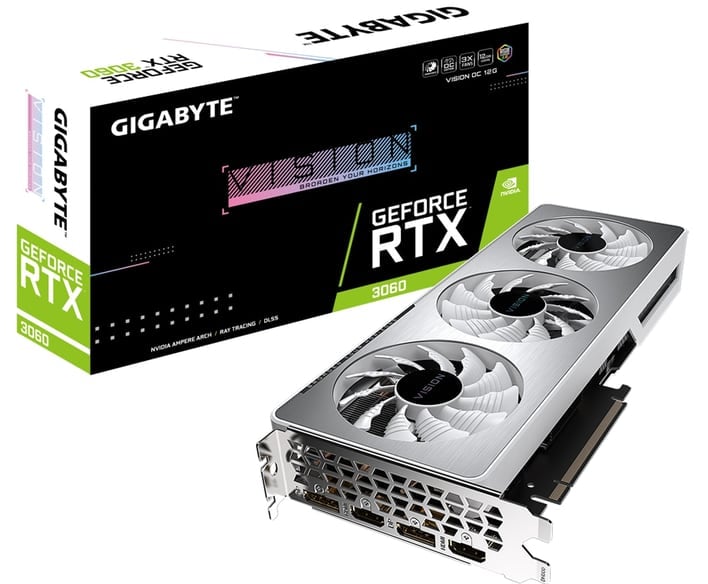Rumored GeForce RTX 3060 Production Boost And China Crypto Crackdown Bode Well For Gamers

The GeForce RTX 3060 was introduced in mid-February and was the first Ampere GPU to introduce the [easily defeated] cryptocurrency mining limiter. However, a new report from ITHome alleges that NVIDIA is boosting production of these GeForce RTX 3060 Lite Hash Rate (LHR) GPUs, in part, as a response to demand from Internet cafes.
Internet cafes are a popular mainstay in China, where gamers can gather and blast each other online until their heart is content. Unfortunately, the COVID-19 pandemic swept across the globe during 2020, wiping out much of the foot traffic to these gathering places. Now that the COVID-19 vaccine is being widely distributed and infection rates are steadily dropping, there has been a surge in Internet cafe activity. NVIDIA is eager to address this market, and according to Board Channels, preorders are now being accepted for Internet cafes, with shipments commencing on July 10th.
While this is good news for the Chinese market, we can only hope that NVIDIA will also direct some of that additional supply to the U.S. market. Even today, the GeForce RTX 3060 is still selling for around $750 on eBay versus an MSRP of $329.
The GeForce RTX 3060 is currently NVIDIA's cheapest Ampere-based desktop card, coming in at $70 cheaper than the $399 GeForce RTX 3060 Ti. The GPU features 3,584 CUDA cores, a base clock of 1.32GHz, a 1.78GHz boost clock, and 12GB of GDDR6 memory.
There does, however, seem to be light at the end of the tunnel. China has instituted a massive crackdown on cryptocurrency mining within its borders, which is driving down demand for graphics cards. Couple that development with an increase in production, we might soon arrive at some semblance of normalcy when it comes to obtaining graphics cards from AMD and NVIDIA.

